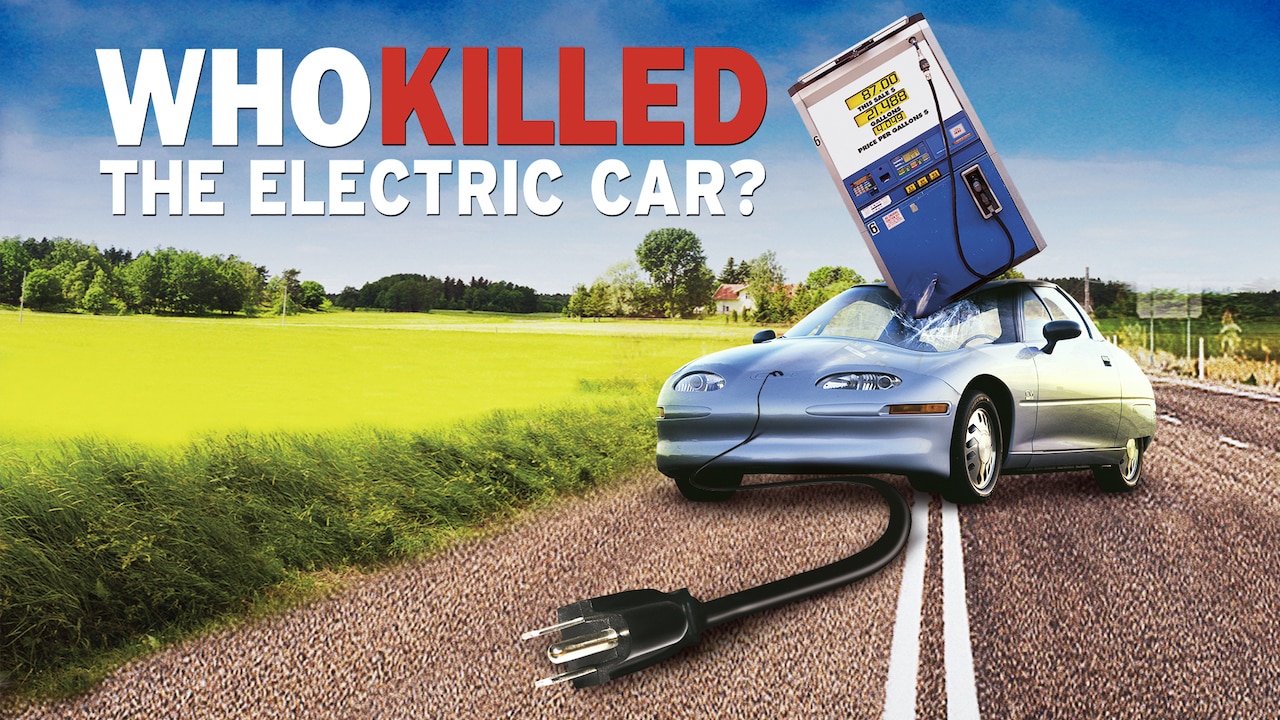Ron Perelman made a series of bad business decisions that almost destroyed Marvel Comics – and perhaps the entire comic book industry – in the early 90s. He pushed for “event” comics and put out more and more titles at higher and higher prices, expecting the fans to follow along. But they wouldn’t pay that much, and grew tired of a dozen issue #1s being put out each year.
The worst decision was to buy Hero’s World distributors and make them their exclusive distributor. Comics were sold to the comic book shop through distributors, who gave discounts according to the number of comics ordered. The two main distributors were Diamond and Capital City. Hero’s World was tiny, and suddenly had to distribute Marvel – the biggest company in the world. It was done very quickly, so Hero’s World didn’t have time to ramp up, and Marvel pulled distribution from Diamond and Capital City.
Comic book shops couldn’t ignore Hero’s World – Marvel Comics were their bread and butter – so they had to order from them. Hero’s World didn’t have the staff to handle it. Orders were not filled. I heard one story where someone called them and were put on hold. Twenty-four hours later, they were still on hold.
DC couldn’t afford to split their titles between Diamond and Capital City, so had to pick. They chose Diamond. Capital City couldn’t stay in business just selling Image and Dark Horse, so folded. The need to buy from multiple distributors increased the price per comic for comic book shops, so many of them folded.*
Meanwhile, Hero’s World never was able to service the comic book shops and folded. Marvel moved to Diamond because they were the only game in town.**
Marvel overextended and went bankrupt. Perelman did well, though. And there are those who think that his manipulations nearly killed the entire comic book industry.
*Though that probably would have happened anyway. The market was glutted. For a while anyone could succeed in running a shop (the owner of our local one said that at the time, just about anyone could make a go at it). As an aside, I once walked into a brand-new comic book story near my house for the first time, and the guy behind the counter offered to sell the store to me. I declined.
**Diamond was even investigated for antitrust violations, even though it all fell into their laps.



